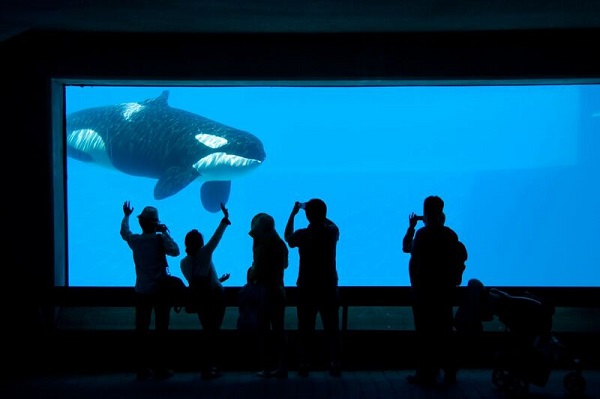In Defense of Animals Supports Evacuations & Offers Emergency Care

Watch video below-
In Defense of Animals battled through downed power lines, rockslides, and fallen trees to aid animals, and is offering and seeking help for others. Photo: In Defense of Animals
LOS ANGELES (January, 2025) — As the devastating Palisades Fire and others continue to ravage communities in Los Angeles, In Defense of Animals is taking decisive action to support animal rescuers and provide life-saving aid for animals affected by the crisis. Among the heroic responders is In Defense of Animals board member Sammy Zablen, who has been working tirelessly to evacuate animals from dangerous areas.
On January 8, Zablen responded to a plea from Philozoia animal rescue in Malibu’s Tuna Canyon area to evacuate two ponies from their fire-threatened property. What would normally be a 20-minute drive took over three hours due to extreme conditions, including rockslides, downed trees, and fire debris blocking the route.

Navigating a treacherous path that included cutting brush and driving on hiking trails, Zablen’s team encountered harrowing obstacles such as a burning power pole, destroyed homes, and vehicles engulfed in flames. Upon arrival, the team discovered the ponies’ corral broken and the animals missing. Despite an active fire and dangerous rockslides, the team searched the area for 30 minutes, leaving food, water, and dousing the roof with water to mitigate further damage.
The two ponies have now been recovered by Philozia, but two dogs remain missing and the rescue center burned down entirely. Earlier in the day, a pig and 38 dogs were successfully evacuated. Philozoia is seeking urgent foster care for several senior dogs.

In Defense of Animals is collaborating with multiple local rescuers and organizations. Advanced Fire Rescue and Lifesavers Wild Horse Rescue were both vital in coordinating resources and gaining access to this dangerous area.
In Defense of Animals is offering emergency aid to animal rescuers and caregivers affected by the fires and providing free resources for temporary housing and care for wild and domestic animals.

“The devastation of these fires is unimaginable, and animals are often the most vulnerable victims,” said Marilyn Kroplick M.D., President of In Defense of Animals. “We are deeply grateful for the bravery of responders like Sammy Zablen and the other incredible organizations we are coordinating with to help on the ground. Together, we are making a difference for animals in crisis.”
In Defense of Animals urges anyone needing assistance with animal evacuations or free, temporary housing for wild or domestic animals to call Sammy Zablen at 310-869-2383. Please mention The Silo when contacting.
Los Angelenos who can foster a senior dog are encouraged to apply at www.philozoia.org/foster.
In Defense of Animals is seeking donations which are critical to support these emergency efforts, providing resources such as veterinary supplies, food, water, and temporary shelter: www.idausa.org/lafire For the Silo, Fleur Dawes.
- Request Fire Assistance: Sammy Zablen, Board Member, 310-869-2383
In Defense of Animals is an international animal protection organization based in California with over 250,000 supporters and a history of fighting for animals, people, and the environment through education and campaigns, as well as hands-on rescue facilities in California, India, South Korea, and rural Mississippi since 1983. www.idausa.org



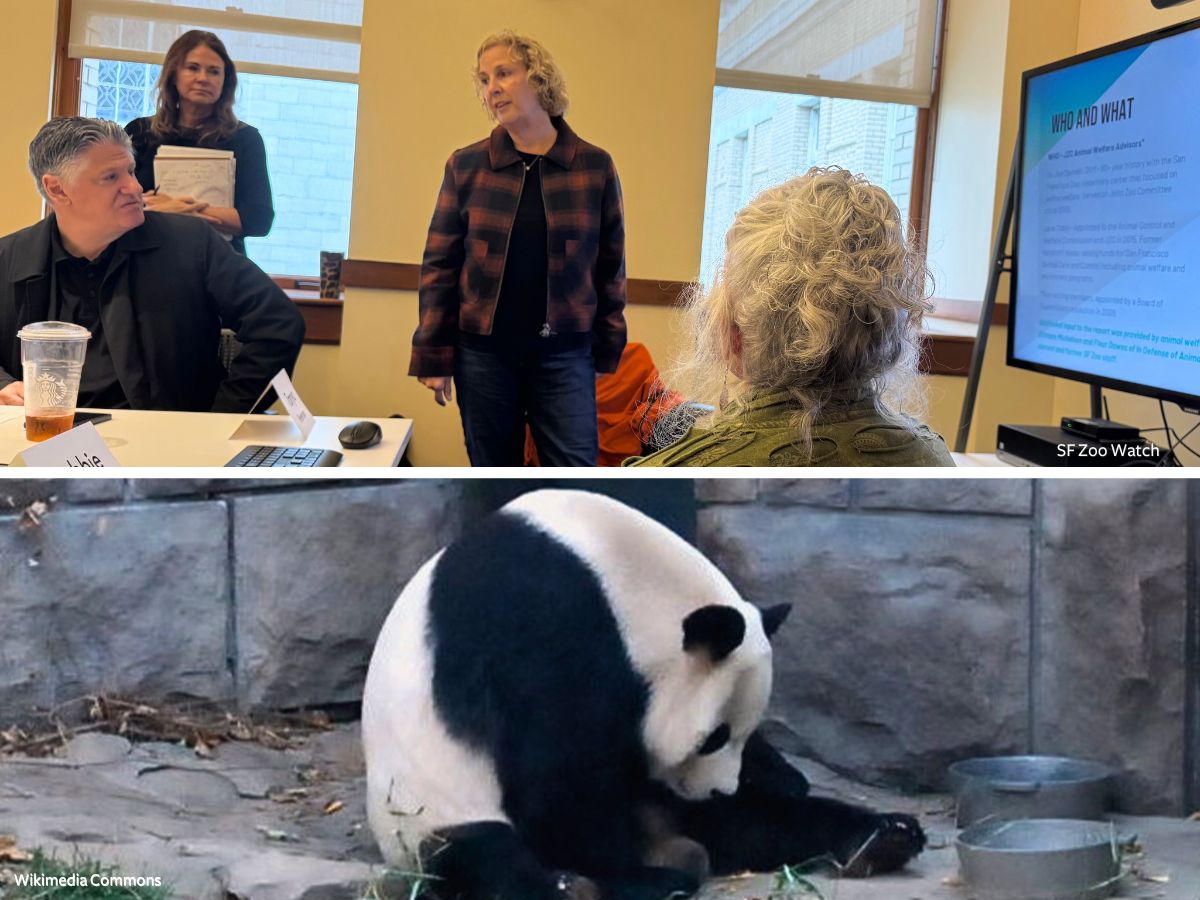


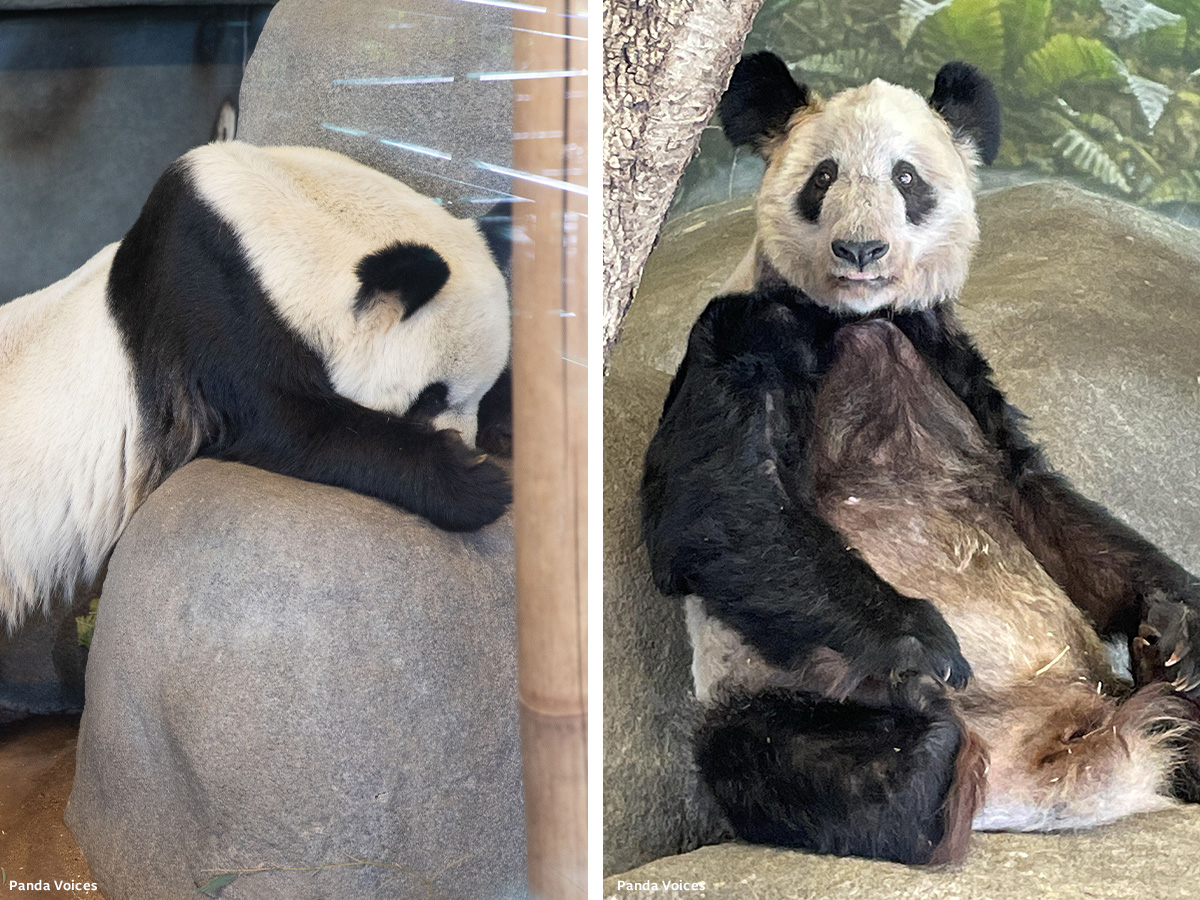

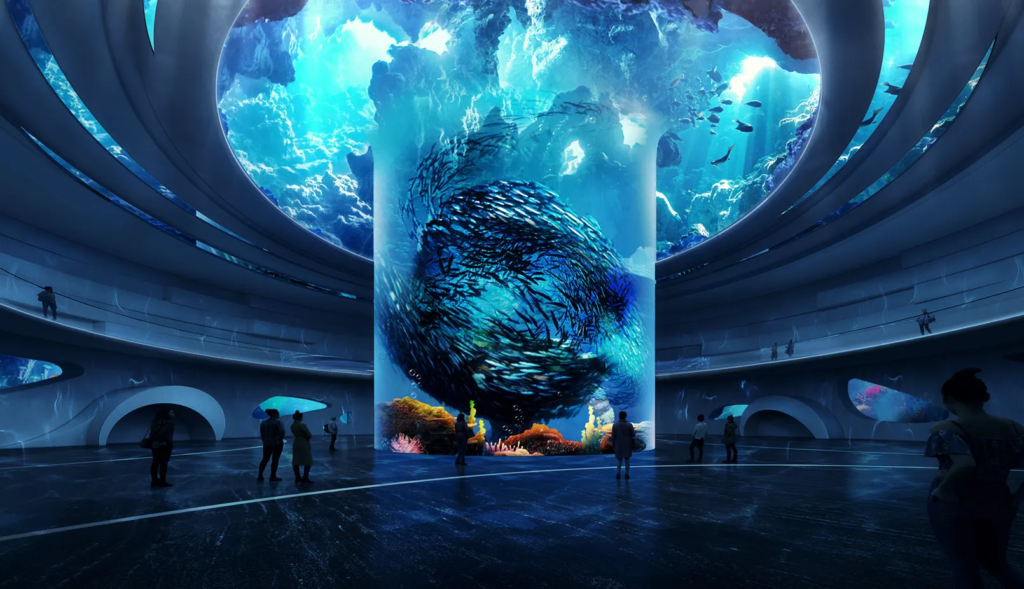



















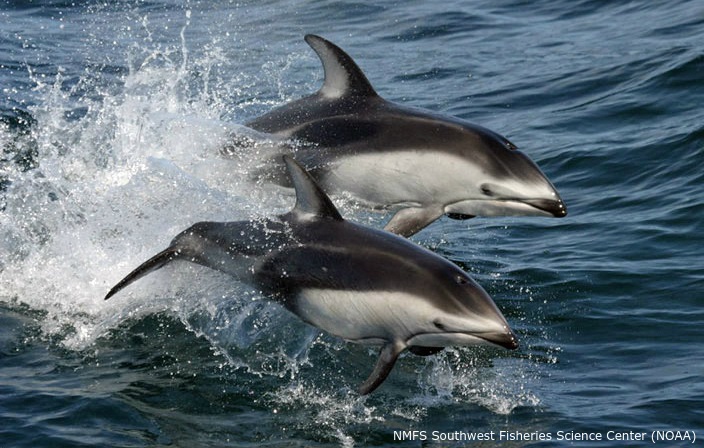





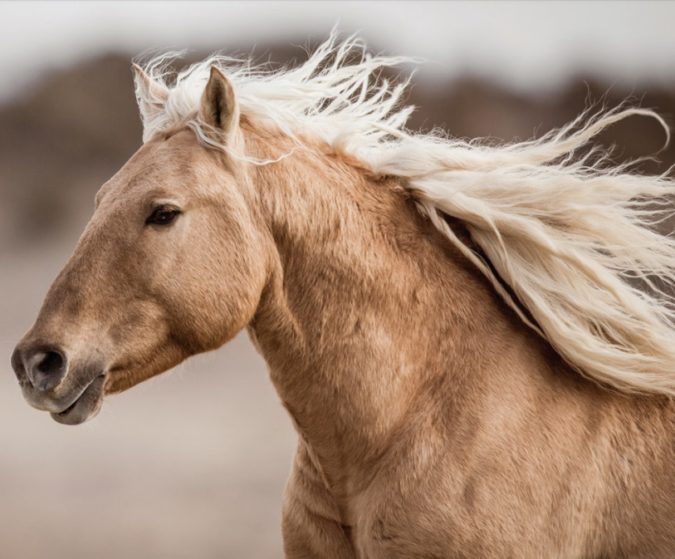

 “I am a strong believer in a plant-based diet for heart health,” said Dr. Shenkman. “Join me at Carnivores Anonymous to learn how a plant-based diet has fueled my athletic success, and why I recommend it for all my patients.”
“I am a strong believer in a plant-based diet for heart health,” said Dr. Shenkman. “Join me at Carnivores Anonymous to learn how a plant-based diet has fueled my athletic success, and why I recommend it for all my patients.”
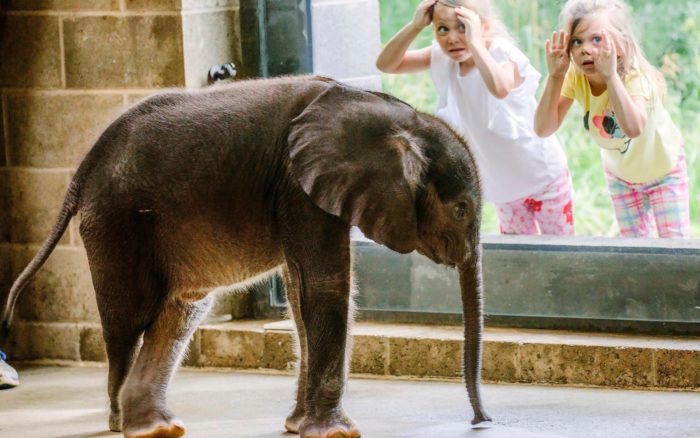
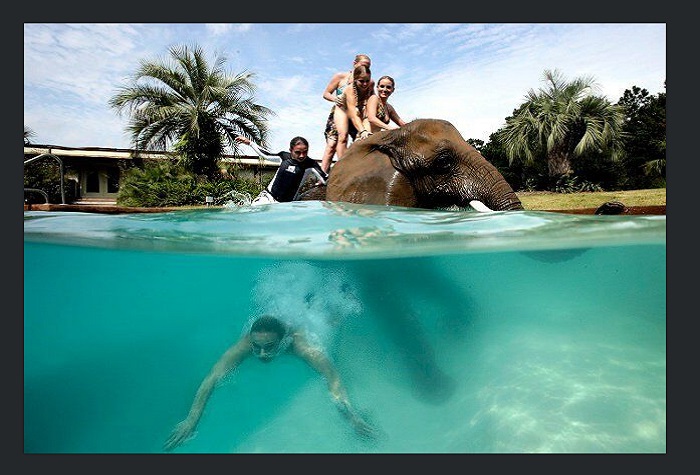

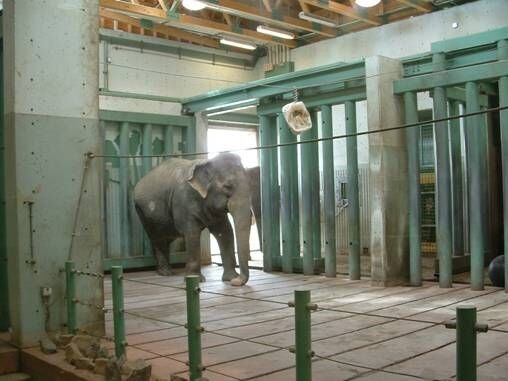
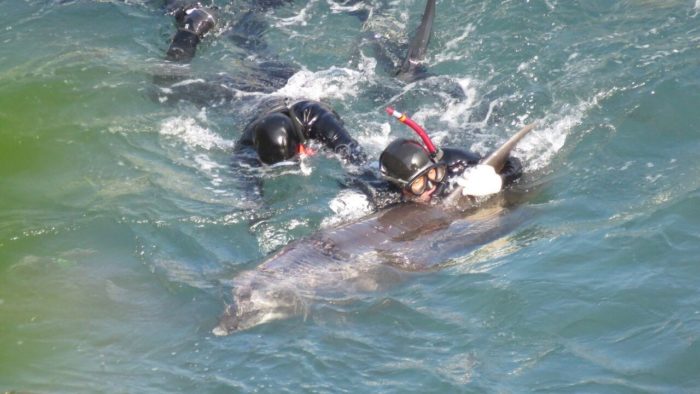
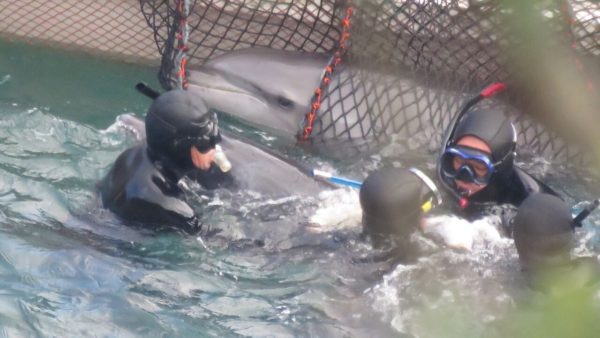
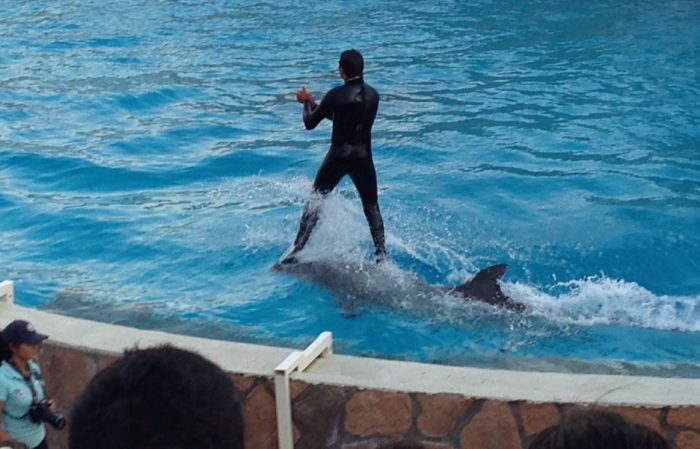
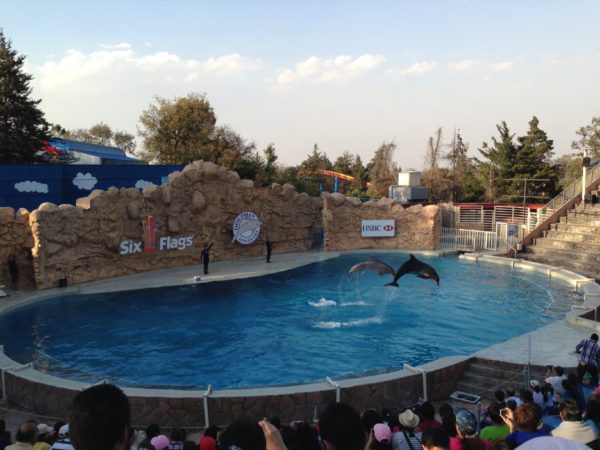
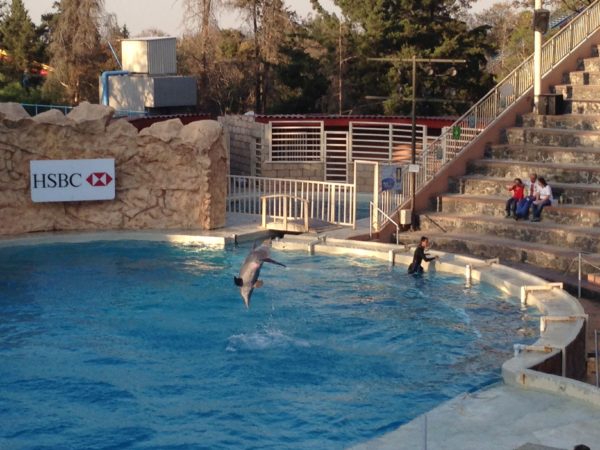





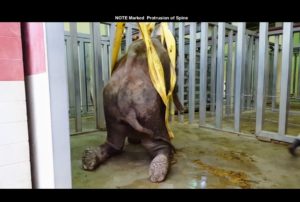
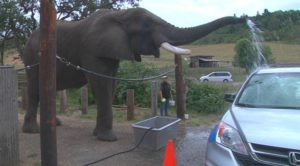
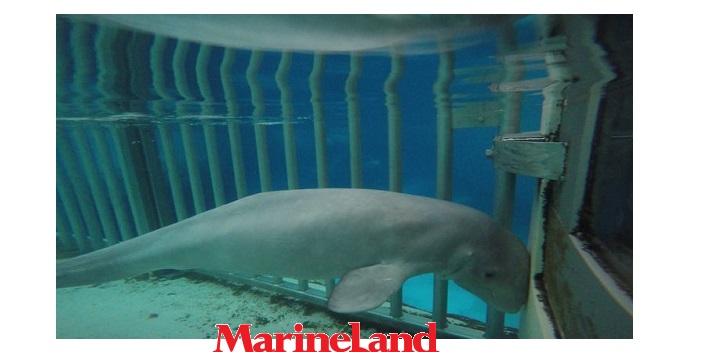

 The list was selected from over 60 facilities from southern Canada to Mexico where almost 1,000 whales and dolphins are held captive for public display. “Forcing an orca to live in solitary confinement while hoarding so many beluga whales is Marineland’s tragic dichotomy, and a horrific example of cetacean captivity. It plumbs the depths in its exploitation of intelligent and sensitive animals,” said In Defense of Animals President, Dr. Marilyn Kroplick. “Even with the most modern technology, veterinary care, and infrastructure, cetaceans still suffer intensely in captivity and exhibit surprisingly high mortality rates.Please help protect dolphins and whales in the wild where they belong, by pledging to never visit facilities that imprison them.”
The list was selected from over 60 facilities from southern Canada to Mexico where almost 1,000 whales and dolphins are held captive for public display. “Forcing an orca to live in solitary confinement while hoarding so many beluga whales is Marineland’s tragic dichotomy, and a horrific example of cetacean captivity. It plumbs the depths in its exploitation of intelligent and sensitive animals,” said In Defense of Animals President, Dr. Marilyn Kroplick. “Even with the most modern technology, veterinary care, and infrastructure, cetaceans still suffer intensely in captivity and exhibit surprisingly high mortality rates.Please help protect dolphins and whales in the wild where they belong, by pledging to never visit facilities that imprison them.”